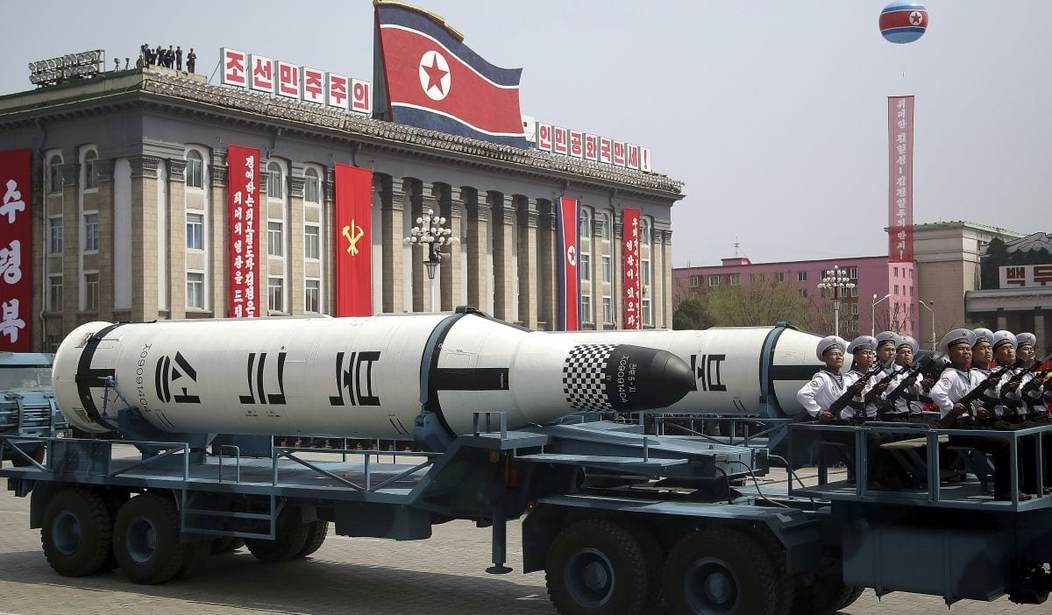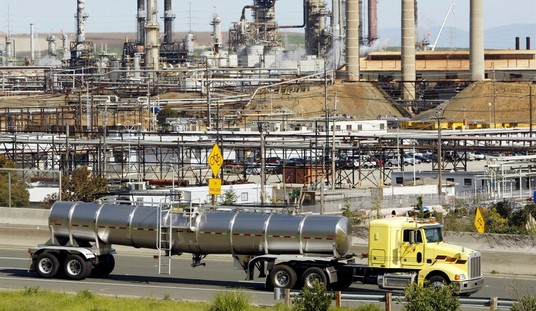It was early, very early in Los Angeles. Dawn was just beginning — the horizon was a pure clear blue, the sky still dark enough that the constellations could be seen. The freeways were full, but the traffic was flowing well, and people on the road were congratulating themselves for their early start, or grateful their night shift was over and thinking about home and bed. Most people, though, were still asleep.
Hardly anyone was worrying about North Korea — China and Russia had finally come around on greater sanctions, and the common opinion was that a military coup was coming and Kim Jong Un was about to join his ancestors.
Until a new, very temporary star appeared in the western sky. People looking at it had a moment to wonder about the flash before seeing what seemed to be the aurora, something very rare in southern California. Then they were distracted, as their phones failed, many of their cars stalled, and they heard echoing muffled booms as power transformers all over the city exploded simultaneously. The entire Los Angeles basin went dark.
Chaos reigned. On the freeways, tens of thousands of cars traveling at highway speeds became uncontrollable missiles — engines stalled, lights out, skidding and scraping across the pavement out of control. Random fires were breaking out across the city — flammable buildings near exploding transformers, mostly, to start. The fires went largely unfought — the phone systems were out so the fire departments didn’t know about them, and the fire engines and ambulances wouldn’t start anyway (their computer-controlled ignition and fuel systems were dead).
By the time the sun was up, people were on the streets, worried, starting to panic. More explosions, big ones, were happening in El Segundo, Torrance, Wilmington, and being followed by massive fires filling the sky with black smoke — oil refineries and chemical plants had lost their control systems.
By noon, uncontrolled fires were sweeping across the valley. And that was just the first day.
Along with Harvey the Hurricane, and Melania’s shoes, and the possibility that Trump might announce tomorrow that Congress had six months to find a legislative solution for the “Dreamers” was the news that North Korea had exploded a nuclear bomb in the 150-kiloton range. North Korea’s government media called it a “hydrogen bomb,” but the yield better fits a boosted fission weapon, one in which a small fusion reaction provides neutrons to make the fissioning uranium or plutonium more efficient.
In this case, however, it’s not the explosive force of the bomb that’s the problem. Exploded at a high altitude, the pulse of gamma rays and charged particles from the bomb interacts with the upper atmosphere and the Earth’s magnetic field, producing a gigantic electromagnetic field — essentially a very intense burst of radio energy. Conductors — like power lines, transformer coils, phone lines, even the conducting paths in small electronic components — “see” this as a rapidly changing magnetic field, which in turn accelerates electrons in the conductor. The effect is a massive electrical surge; weak points in each system fail as the surge hits them.
This is the “nuclear electromagnetic pulse” or NEMP. John Moore here at PJ Media has been all over the possibility that North Korea is preparing for an EMP attack. With a true ICBM and a bomb that can be mated with it, North Korea has everything needed to make such an attack.
What this means is, as Ambassador Nicki Haley just said at the UN:
Nikki Haley on North Korea: "We have kicked the can down the road long enough. There is no more road left." https://t.co/t7YxAvM3zH
— NBC News (@NBCNews) September 4, 2017
In some ways, the U.S. was lucky — by detonating their bomb off the west coast, much of the U.S. mainland was not directly affected.
The president and secretary of Defense ordered a massive response. North Korea was rapidly obliterated with conventional and low-yield tactical nuclear weapons, the U.S. trying to limit the effects outside the Korean Peninsula.
South Korea wasn’t as lucky, as North Korea had attacked Seoul with their prodigious artillery forces simultaneously with the NEMP attack on the U.S. Hundreds of thousands, possibly millions, died; the destruction was so complete that a reliable count was never made. The South Korean military responded, attacking the artillery installations near the DMZ, while the U.S. and the Japanese Self-Defense Forces attacked Pyongyang itself, and every known location where the North Korean military might be protecting their high command. North Korea’s command and control infrastructure collapsed almost immediately, and rumors suggested Kim and his entire inner circle had been killed.
In the United States, military forces, National Guard, FEMA, and the Department of Homeland Security activated plans that suddenly seemed entirely inadequate. Reconnaissance aircraft and satellite imagery showed cities up and down the West Coast in flames, from Ensenada, Mexico, to Victoria, BC. The Air Transport Command was not far behind, as they delivered loads of fire equipment, military transport, and millions of bottles of water and MREs. In the Situation Room at the White House, no one was talking about the unfortunate arithmetic — fifty million people and not nearly enough supplies.
The possibilities of a NEMP attack have been talked about for a long time, as John Moore’s articles show. It’s possible that the real risk is finally becoming clear to our politicians and our legacy press. The Boston Herald recently had an extended story on the danger of a North Korean NEMP attack, and Tucker Carlson recently showed interest in the problem.
Of course, there are others who don’t think it’s much of a risk, In that Boston Herald story, they quote Joshua Pollack, the editor of the Nonproliferation Review, as saying:
[A]n EMP attack doesn’t warrant more alarm than any other type of nuclear offensive because its efficacy is still uncertain — and it would have consequences for whichever nation launched it.
“It’s just an untested approach to trying to use a weapon, and just invites retaliation without doing a lot of damage,” Pollack said. “I’m much more concerned with blasting fire and radiation. Those will kill lots of people and destroy lots of stuff, and can do it very reliably.”
The problem here is that it’s based on a false assumption: that NEMP has not been tested. It’s never been applied as a weapon, but it has certainly been tested — and I don’t think my little fiction above is a worst-case scenario. So, how much damage from an inefficient NEMP attack should we plan on absorbing?
In 2015, Salon published an article pooh-poohing the notion of a NEMP attack, saying:
First, there’s Pry’s scenario. An EMP attack resulting from a high-altitude nuclear detonation seems a possible but not very plausible scenario. An adversary looking to carry out such an attack on the United States would need ballistic missiles and nuclear weapons. The missiles either need to be capable of an intercontinental launch or have a platform that can both move within range of the U.S. homeland undetected and launch a missile.
Well, now North Korea has the missiles, and North Korea has the bombs. Is it more plausible now?
Spring is finally coming to Los Angeles. Trees that survived the fires are blooming, birds are chirping. Millions of refugees have been relocated east of the Rockies, millions more are living in improvised shelters while the nation tries to plan what to do. Telephones and electrical systems are being restored, slowly, in a few places, limited by the number of transformers, phone switches, and other equipment that can be built. The state government is effectively gone, and the federal government has imposed martial law — but martial law that’s ineffective over much of the state. There are only so many soldiers.
And Iran has given Europe an ultimatum.










Join the conversation as a VIP Member